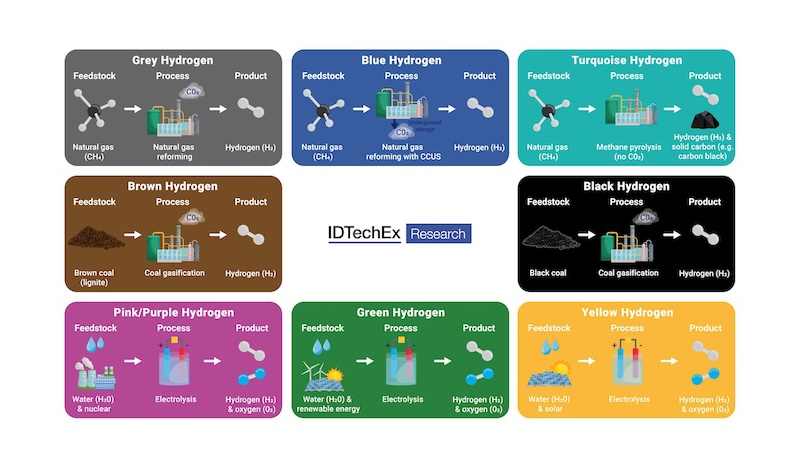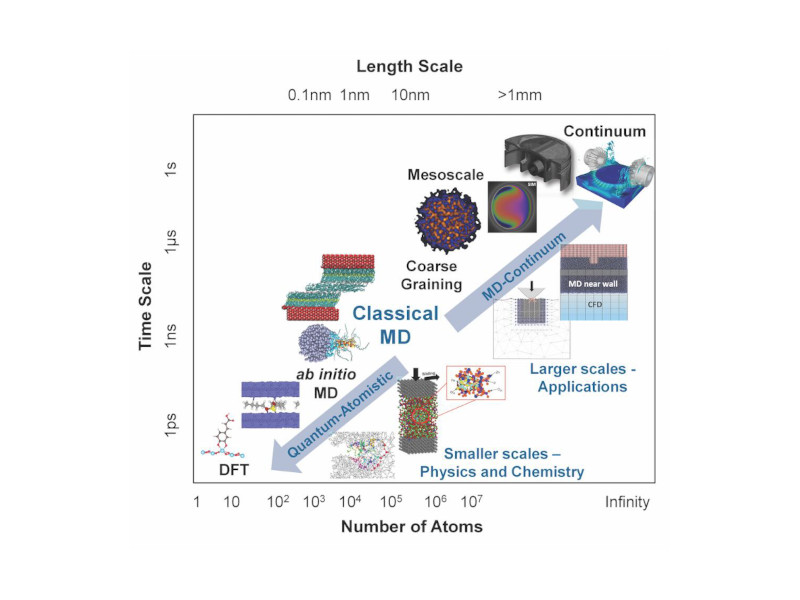TCP, Inc. introduced its expanded line of linear fluorescent lighting products, offering even more energy efficient fixtures and lamps as an alternative to traditional HID and incandescent systems in high bay and open ceiling applications.
The company’s high-bay lighting system gives facility owners and managers an easier solution for switching, dimming and emergency lighting, while offering a safe, flexible alternative to HID luminaires. When used in place of HID systems, high-bay luminaires can lower lighting energy costs by 50% or more, provide better lumen maintenance (94% at 40% rated life or design lumens), better light uniformity and longer lamp life (24,000 hours).
With the‘stay light’ feature, if one lamp goes out, the remaining lamps stay lit, providing uninterrupted light performance while helping to reduce costs associated with routine maintenance. The high-bay lighting system is designed for suspended, pendant or surface mounting. A variety of accessoriesare available, including power cords, occupancy sensors, lenses, hanging kits, wire guards and emergency ballasts.
The company also introduced a new‘high lumen’ T8 lamp for its high-bay lighting system. At 97 lumens per watt (LPW), it provides 10% more light than standard T8 lamps. The ‘high lumen’ T8 is available in 5,000K and lasts up to 30,000 hours at 12 hours per start.
The company is further expanding its linear fluorescent offering with the addition of 54W T5HO lamps. With 5,000 initial lumens and superior lumen maintenance, these lamps are ideal for higher ceiling applications. In addition, the slim profile and shorter length allow for many diverse new construction applications. TCP’s T5HO lamps are available in 35K, 41K and 50K, offering an excellent range of color temperatures with a CRI of 85.
As an added feature on select T8 lamps, the company offers ArmRlux, a shatter-resistant coating that contains glass shattering caused by impact, unusual stress, fragments and thermal shock. The ArmRlux coating only reduces lumen output by 1%.
TCP , Inc.
www.tcpi.com



